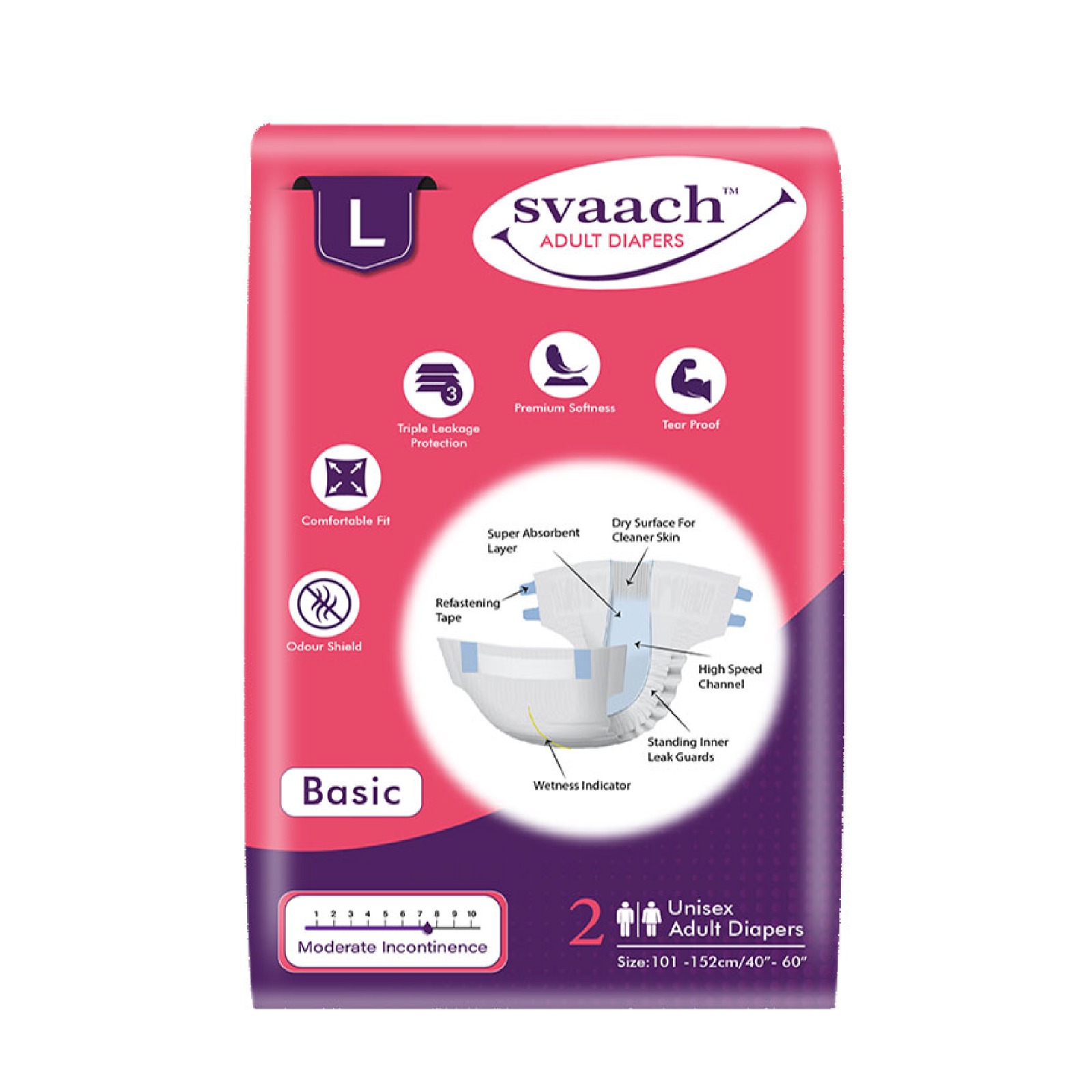In the healthcare industry, technology is not only used in the care and treatment of patients but also in their diagnosis. This is one of their most important uses as it can allow doctors to quickly develop the right treatment plans for their patients and ensure that they can have the best chance at recovery. Magnetic Resonance Imaging (MRI) scans are one of the most commonly used technologies when it comes to diagnosing health conditions, and this guide will tell you everything that you need to know about them.
· They Have Been Around a Long Time
You might not think of MRIs when you think of healthcare technology, and this is because MRI scans have been around a lot longer than many of the more recent inventions. MRIs were first developed in 1977 and were first used to scan cancer patients in an attempt to find these cancerous cells within the body and monitor how well patients are responding to treatment. Since then, new MRI scan techniques have started to be developed, including the use of contrast dye, which can help to show up brain tumors and spinal injuries.
· They Are Not Just Used in Diagnosis
As well as diagnosing patients who have conditions such as cancer or who have experienced a stroke, MRI scans are also used in the treatment of these patients. This is because they can allow doctors to see whether their treatment plans have worked. If they have not worked, the doctors in question can then adjust the plan to ensure that the treatment that is being used has the greatest chance of success. In addition, they provide a great insight into the body, which allows doctors to better understand their patients and the effectiveness of their treatments.
· Where to Get MRIs
Many hospitals and specialist clinics have the equipment that is needed to carry out an MRI. If you are looking to get an MRI scan near you, many places offer local MRI imaging, including Express MRI. This clinic can help you get the scan you need at an affordable price, ensuring that you can restore your health without breaking your bank account or ending up in floods of debt.
· MRIs are Covered by Insurance
However, it is important to realize that, in most cases, the cost of MRIs is covered by your insurance, especially if you have a referral or recommendation from a doctor. This is because they are a medical technology that is used often. However, if you would like an MRI for your own peace of mind and have not been referred by a doctor to use one, then this may not be covered by your insurance, and you might have to find another way of financing your care.
· The Time They Take
MRI scans can take as little as 10 minutes to be performed by your healthcare professional. However, they may take as long as 90 minutes, and this depends on whether you are having a full-body scan and what the doctors in question are looking for. However, you should not expect to receive the results on the same day, and you may have to wait a few days for these, depending on the test’s urgency.
· The Science Behind Them
MRIs use magnets (which create a magnetic field) and radio waves to produce your body image. The magnetic field will be so strong that your protons will align with it when you have an MRI. Then, the radio waves that are going through the body displace these protons, and they start to work against the magnetic field’s attraction, therefore creating the image in question. MRIs are generally very safe to use, and most people can have the procedure done to them without much risk or concern. However, they can’t be used if the patient has any metal within their body, which can be the case if they have metal plates and rods inputting medically after a surgery. It’s also a good idea to avoid this procedure if you have any mechanical equipment placed into your body, such as a pacemaker or a cochlear implant. This is because the magnet used in this procedure is so strong that it could start to tug the metal from your body, which would cause discomfort at best, and serious damage at worst.
· They Are Different From X-Rays
A lot of people confuse an MRI scan with a standard X-ray; however, this ill-informed. Unlike with an X-ray, there is no exposure to radiation during the process, meaning that it is very safe and there are fewer risks in this regard.
Furthermore, an MRI and X-Ray are used for two very different purposes. An X-ray is used to look at bones and teeth, as it’s these materials that the radiation rays cannot pass through, creating the skeletal image. On the other hand, MRIs are used for looking at matter within your body, such as tissue and muscles. When used together, they can build a comprehensive image of your body, providing critical insight into your health and well-being.





























